4 Steps to Planning Your First Bikepacking Trip
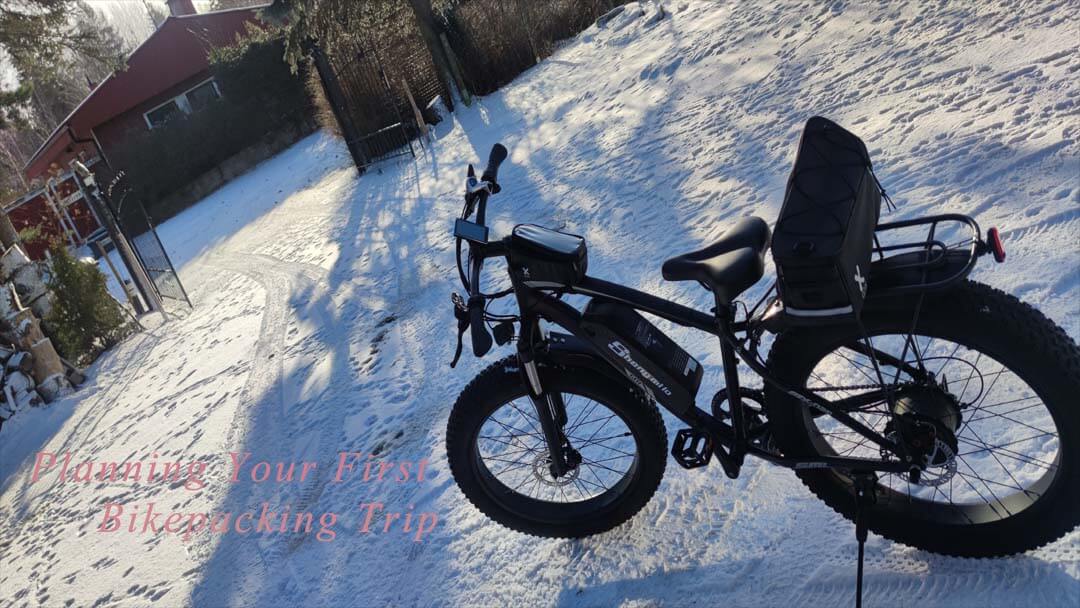
Can you explain what it means to go "bikepacking?"
Bikepacking can be thought of as the "backpacking" of the bike world (which, of course, is where it gets its name). You travel between remote campgrounds on your electric bike.
There are many factors to consider when choosing an electric bike and making preparations for your first bikepacking trip. Because you'll be riding an electric bike, make sure you've done your research and are prepared for anything before embarking on your bikepacking adventure. Bikepacking is an excellent way to travel around the world and learn about new places. The first time you go bikepacking, whether for a weekend or a longer vacation, it can be challenging.
The ideal bike journey can mean different things to various individuals. Some individuals prefer safer paths and environments, while others wish to emphasize their daring nature. Each cycling excursion requires individualized preparation.
One advantage of modern life is the ability to plan ahead of time for things like travel, weather, and rest stops, among other things. Because electric bike backpacking has its own challenges, there are a few things you need to think about before you go.
1. destination
Choosing a destination is the first step toward safe, successful, and enjoyable bikepacking. Following these steps will make it much simpler for you to prepare for your trip, adjust to its demands, and hit the road. There will be no shortage of exploration and excitement, and your level of readiness will determine much. It's best to pick an unfamiliar location for your first bikepacking trip. This highlights the thrill. In and of itself, bikepacking is an adventure, so visiting a new location can be rewarding.
Mountainous regions, arid zones, and forested areas are the usual and typical starting points for novice cyclists. Each of these locations offers a welcome respite from the humdrum of daily life in the city. They also provide an excellent chance to get in touch with nature and the wild and discover new facets of yourself. If this is your first time going bikepacking, however, it's best to keep your distances short. Pick a location relatively close to home and spend the night there. You'll gain invaluable insight into bike packing and have the chance to test out the advantages of electric bikes.
2. route
Once you've decided on your destination, the next step is to design a route. As you probably know, good route planning starts with good research and clever organization. So, what you should do is research the place. Start with general information. Look at the climate type, the geographic location of the place, remoteness, connectivity to bigger and closer places, and road infrastructure. Remember to look for public and well-known facilities because backpacking is also a journey of discovery and adventure. Getting to the finish line should be fun, and you should see something interesting. All of this can be predicted and incorporated into planning and preparation. Just the right amount of research will set you up for the desired outcome, and your bikepacking will do the rest. The following sites are good places to start your research:
Visit bikepacking.com for ideas for your next two-wheeled adventure.
Google Maps and Google Earth are great ways to find out about things like traffic, distance, and the land's shape.
This interactive map provided by the State Forest Service depicts trails for horseback riding in the woods.
This section contains an abundance of additional route-planning tools.
3. Things to bring
Once you've finalized your plans and done your research, it's time to pack your bags. If you already know your itinerary, deciding what to bring will be much easier. If you'll be spending time in a desert or another area with little to no shade, bring plenty of water. You should bring a water filter to avoid dehydration, sunscreen to keep your skin healthy, and sandals to allow your feet to breathe. Food and first-aid kits are examples of preparedness. Bring sleeping mats and quilts, as well as a tent if you have one. Finally, a raincoat is an essential piece of clothing that should not be overlooked. Pack warm, waterproof clothing in case the weather turns cold.
4. Check that your electric bike is in good working order.
The final step in preparing for your bike packing is to inspect and prepare your electric bike. Tires, spokes, chains, batteries, and derailleurs, as well as the condition of the bike's gearing system, should all be inspected regularly. Seat heights, angle adjustments, and other critical settings are available from several trustworthy sources. You should also prepare by studying problem-solving techniques. As a result, you should always carry a tool bag with you.
You can't go wrong by following these four guidelines if this is your first time embarking on an electric bike adventure. You'll have a whole new appreciation for and appreciation for your electric bike once you've mastered bikepacking.
Bikepacking Gear Carrying on a Bike
You might only need one backpack for a short overnight trip close to home.
Keep the load away from your body and on the ground at all times. Light touring and bikepacking on confined singletrack trails favor the use of handlebars, frames, and seat bags.
Food, water, and camp stoves are just some of the heavy items that benefit greatly from being carried on bike racks. You can carry a surprisingly large load on your bike with four panniers. It's not uncommon to see one on a long bike trip.
When planning your bikepacking route, you should think about the distance, the terrain, the weather, the chance of traffic, and any dangers on the road.
You should also think about how much spare time you have, how much effort you are willing to put in, and how much money you have.
When going bike backpacking, it's just as important to plan your route as it is to get to and from the campsite. Plan your day's riding from campsites or bikepacking areas that are a manageable distance apart.
Choose a trail that is suitable for your bike if you plan on doing any bike packing. It's not ideal for a novice to encounter anything too challenging, steep, or congested.
When exploring a national forest, I recommend starting on one of the Forest Service roads. Campsites along these highways are spread out and easy to find. When compared to most real-world routes, these are more level, smooth, and broad.
Bikepacking is a cheap, easy, and, most of all, enjoyable way to spend the night on a bike trip.
And while bike Although bikepacking may seem difficult at first, it is accessible to anyone with a bike and a willingness to explore the outdoors.


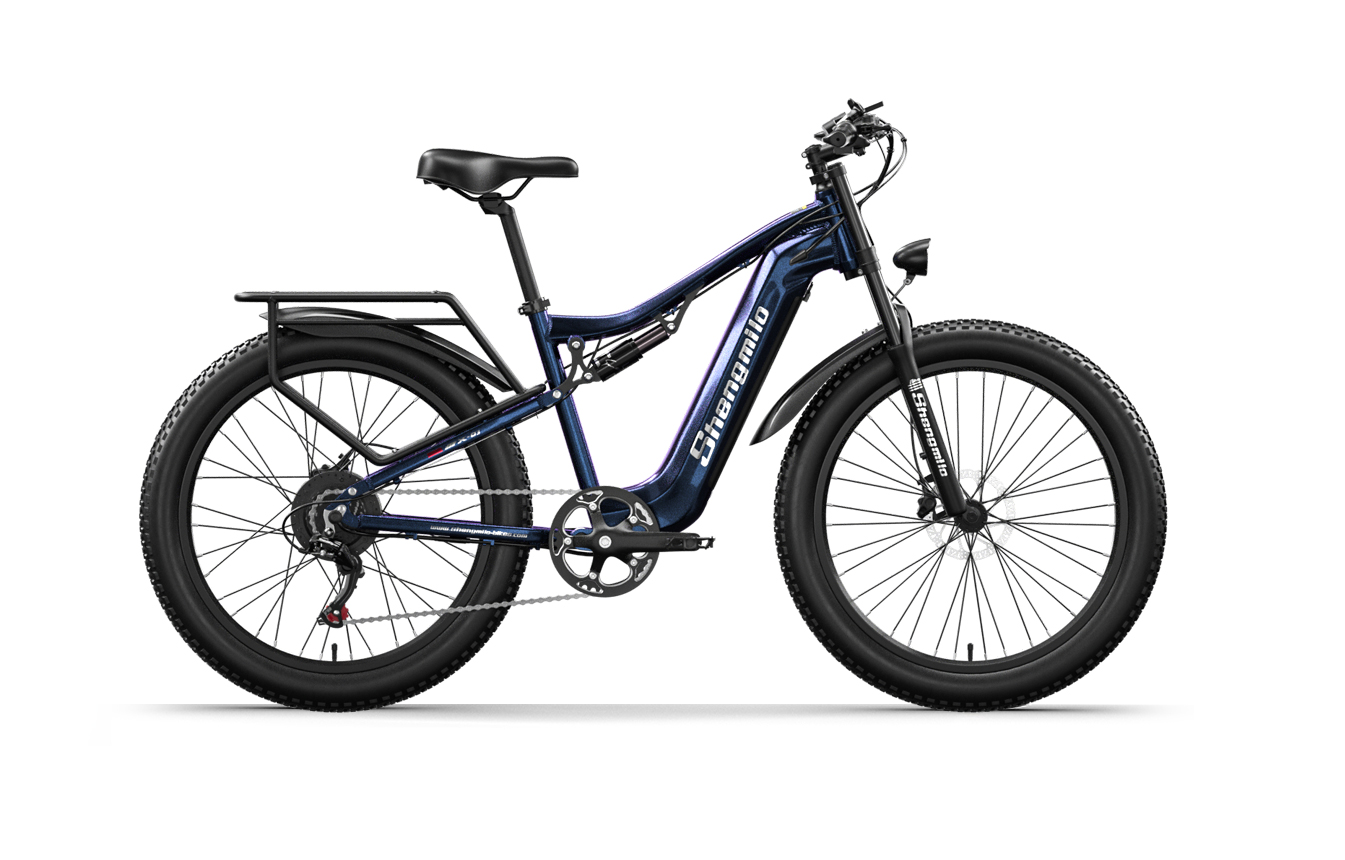
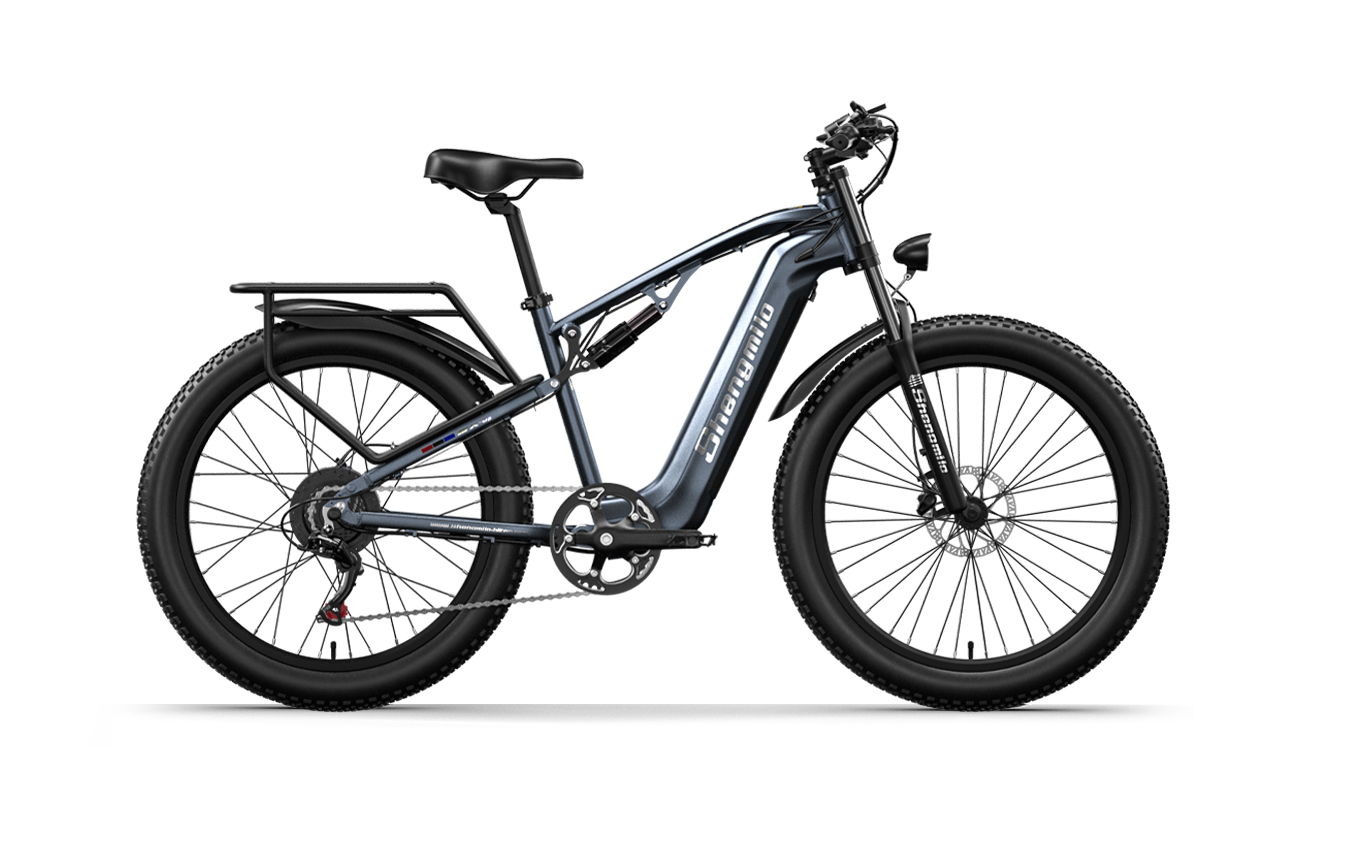


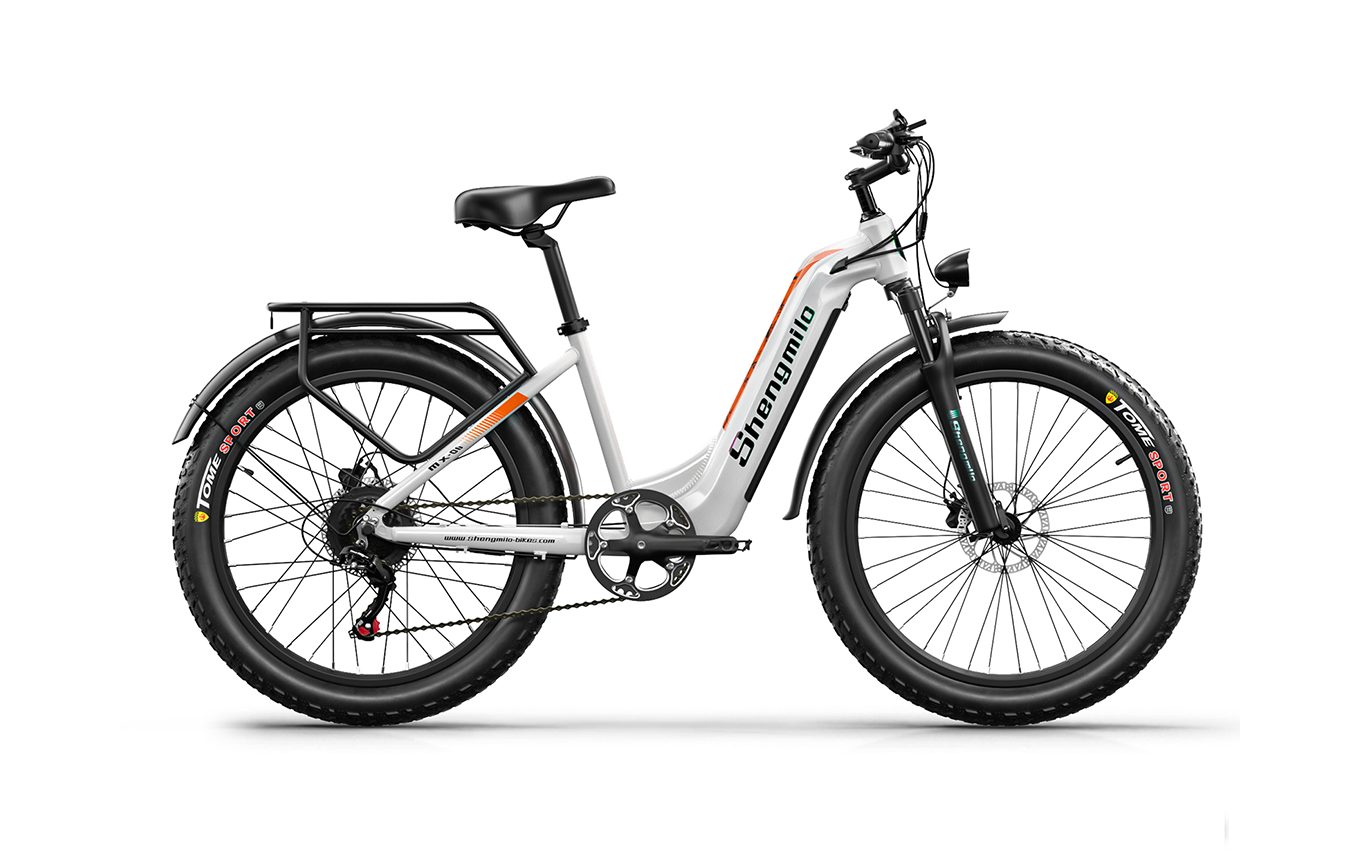
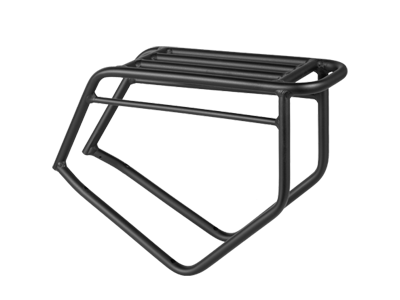
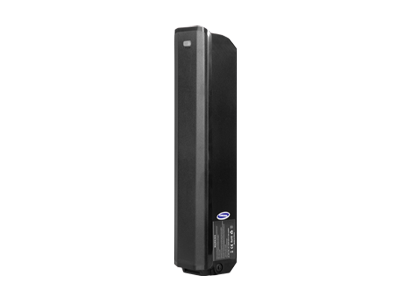
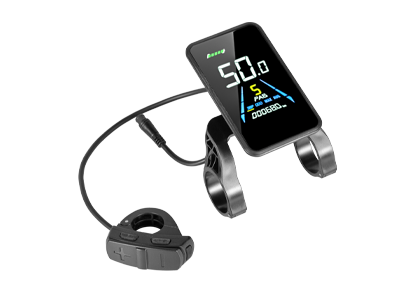
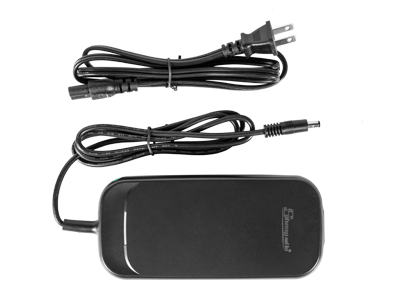
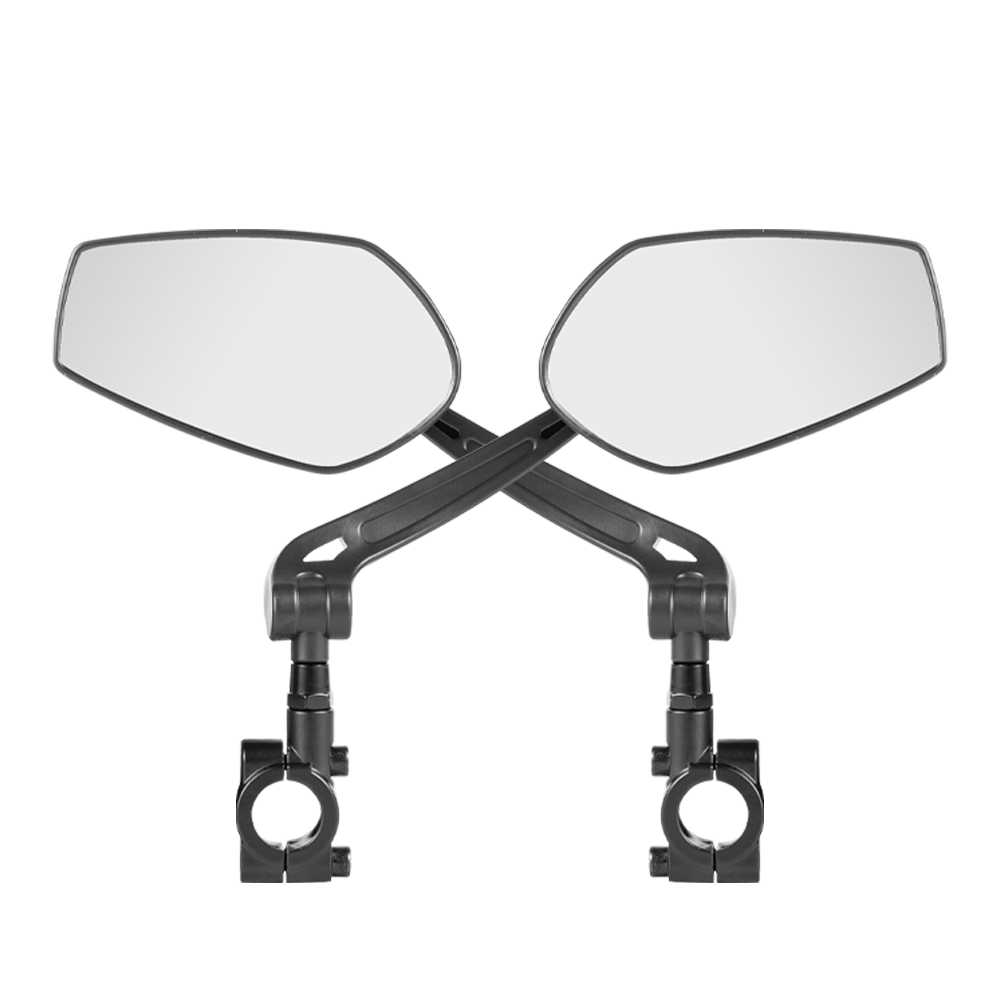
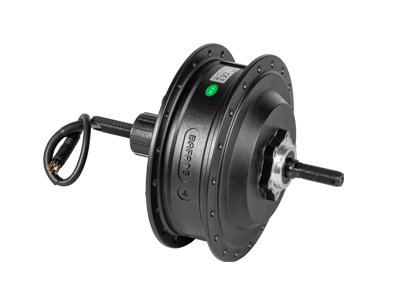
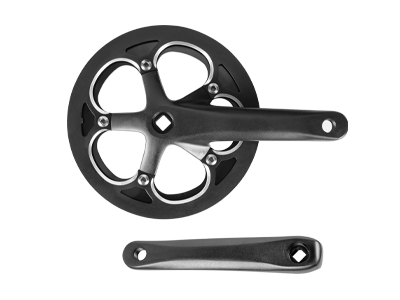
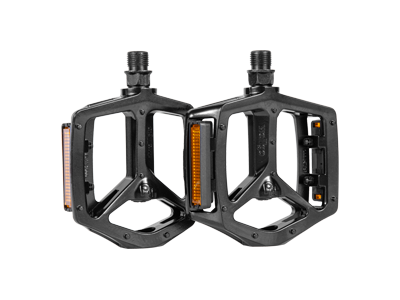
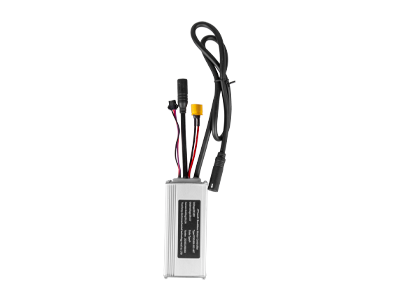
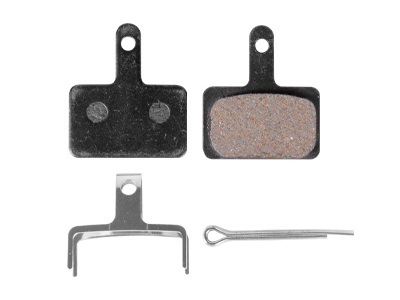
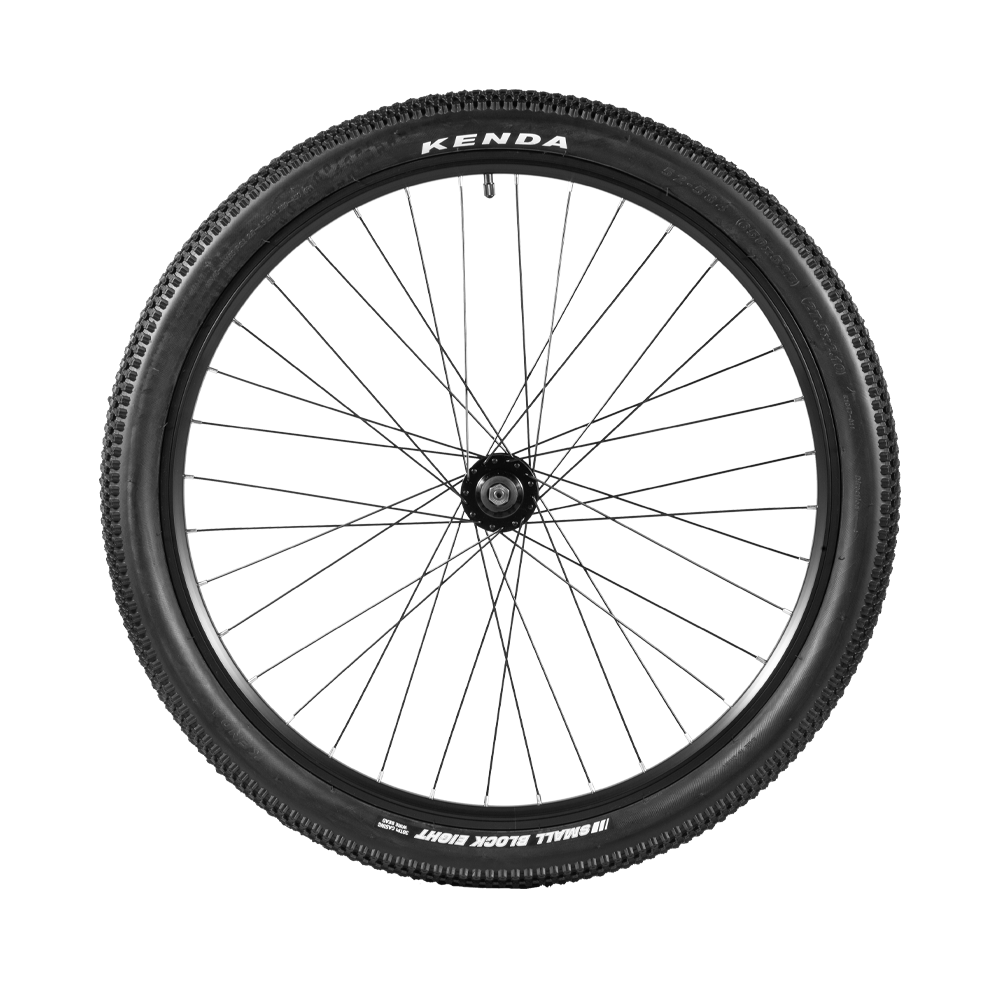


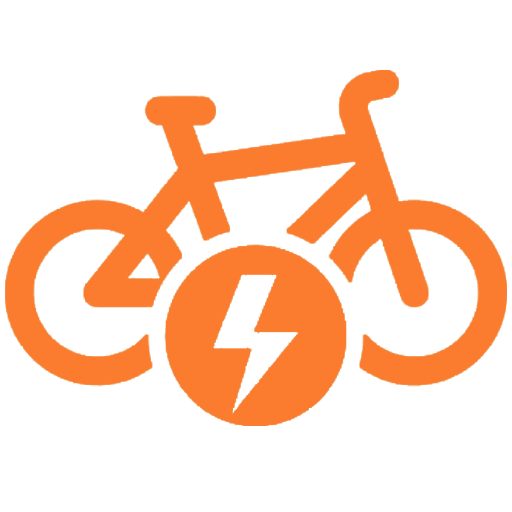



Leave a comment